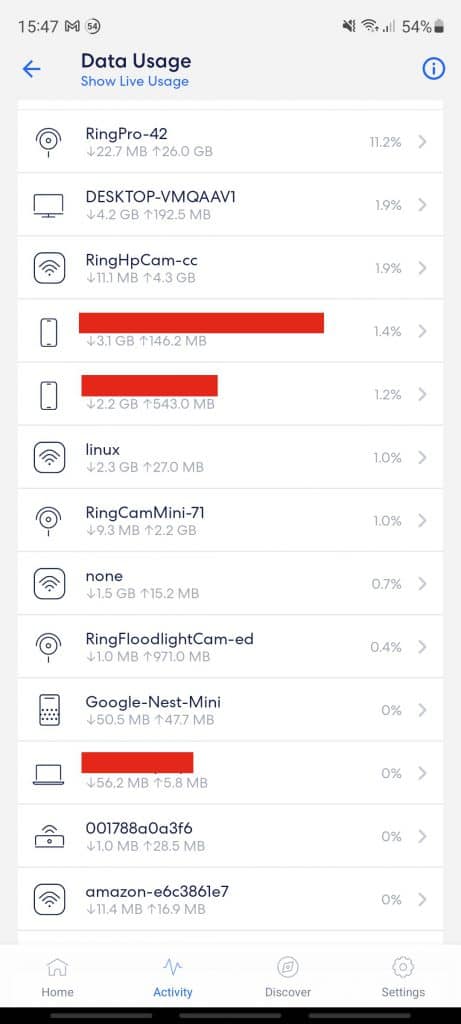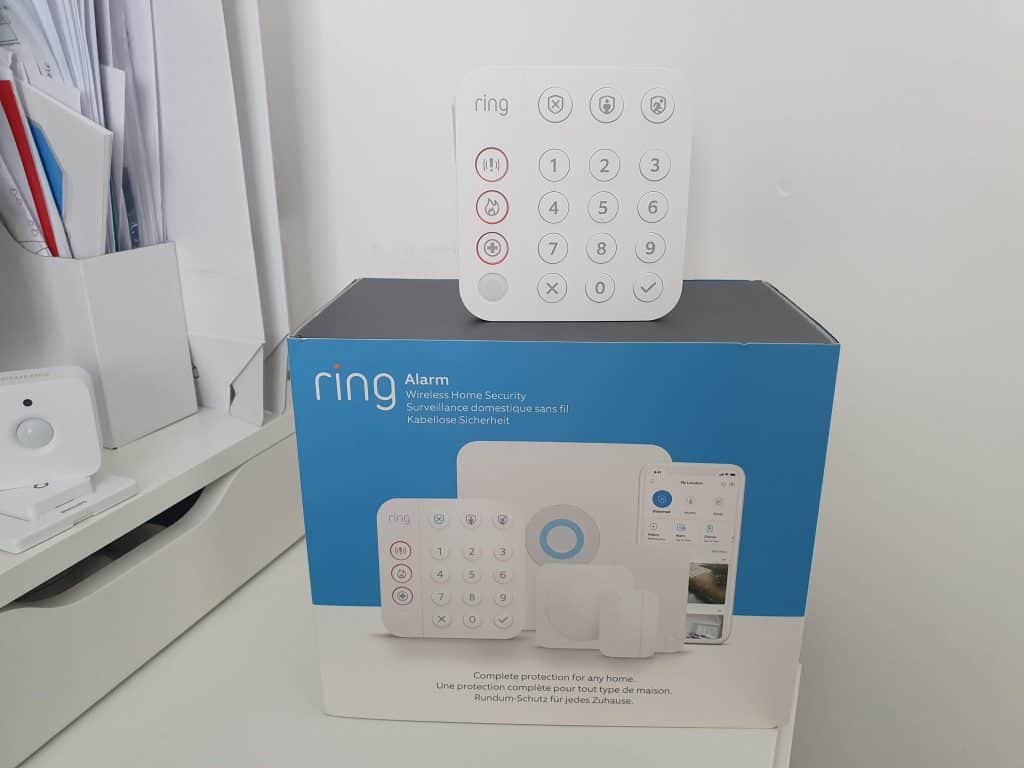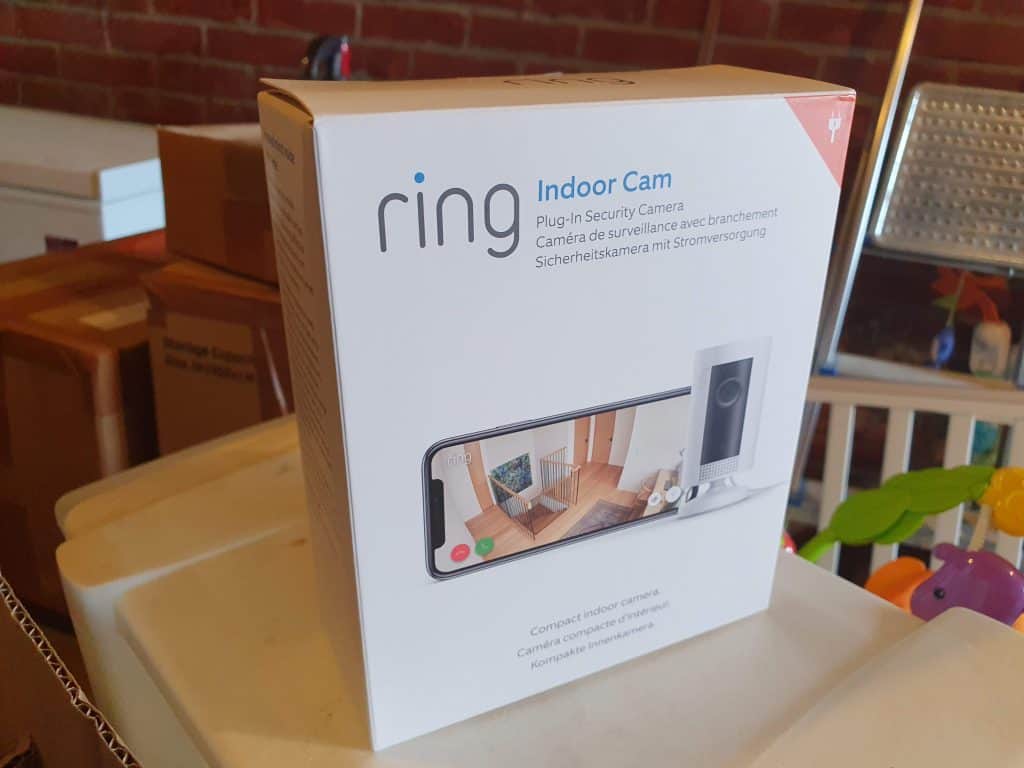Are your Ring devices eating up your internet package?
If your monthly package is cut short each month, your devices probably consume more bandwidth than you think. And I’m not talking about laptops and mobile phones.
If you have a couple of Ring devices around your house, they’re probably the real culprit. However, some devices consume much more internet than others, and some have negligible consumption.
Here’s how much bandwidth your ring devices will use.
Bandwidths in a Nutshell
If you’re unfamiliar with the word ‘bandwidth,’ an explanation is in order. In a nutshell, bandwidth is the maximum data transfer done between your WiFi and your devices in a limited amount of time.
The word isn’t only limited to the internet; it refers to any data transferred across electronic devices. Here, we’re referring to WiFi bandwidth (or Ethernet-based bandwidth if you’re using a PoE device from Ring).
When you’re doing multiple internet activities at once, the WiFi path gets ‘crowded,’ if that makes sense. That’s why the internet’s speed is at its lowest when there are multiple users and at its highest when there’s a single user.
Depending on your monthly or yearly package, you have a maximum number of Gigabytes you can use. If your consumption is rocking through the roof and the speed is low, you have your smart devices to blame for that because they’re working 24/7, unlike your laptop or your smartphone. So, here’s how much bandwidth your Ring devices will use.
How Much Bandwidth Your Ring Cam Will Use
Ring cams use the most bandwidth out of all Ring devices, and it’s for logical reasons. The way these cameras work, they record only when they detect motion. When they do, they send the recordings to Ring’s cloud servers, which are then saved so you can view them back on the smartphone or laptop that you use for monitoring.
For the camera’s recordings to be uploaded to your other devices, they consume a lot of data. Most Ring Cameras, like the Spotlight Cam, for example, need a minimum speed of 1–2 Mbps to work. However, that’s considering there are no other ring devices connected.
If you have a whole network of Ring devices, this requirement goes up to 5–10 Mbps, which is quite a handful.
All that said, bear in mind that internet consumption depends on multiple factors. These include your camera’s resolution, its intelligent features, and its frame rate per second.
Both the resolution and the frame rate per second need more internet when they’re high – and since Ring cameras record in full HD, they will use up more bandwidth than a low-res camera recording in 480p or 720p.
However, seeing as your Ring Cam is supposed only to record when it detects motion, it should consume around 1-5 GB monthly. Meanwhile, cameras that record 24/7 will consume over 100 GB a month without remorse.
It’s worth noting that if your camera detects motion a lot, the monthly consumption will increase. It can exceed 20-30 GB if the camera sees more than ten movements a day.
Case in point – the below is the monthly usage for various WiFi devices on my Eero network:

Note that my Ring Doorbell Pro (which captures quite a lot of recordings) uses 26 GB, whereas my other Ring cameras are 971 MB – 4.3 GB.
How Much Bandwidth Your Ring Doorbell Will Use
The bandwidth your Ring doorbell will consume depends on the model you have. Generally, Ring doorbells can use 10–100 GB each month, but the requirements differ depending on your model.
Here are the minimum speeds required for Ring Doorbells:
- Doorbell 1 (the original 720p model): 500 kbps
- All other Ring doorbells: 1-2 Mbps
Despite the minimum speed, Ring requires different speeds for its doorbell devices. The recommended speed for Doorbell 1 is 1Mbps, while the other models should have 2+ Mbps.
It’s worth noting that the more motion these doorbells detect, the more bandwidth they use. So, if you want to reduce the consumption of Ring doorbells, you’ll have to adjust their motion sensors to a lower setting.
How Much Bandwidth Your Ring Alarm System Will Use

When used alone, Ring Alarms don’t consume that much internet. However, people seldom use them alone. They’re commonly made into a whole network with doorbell cams, spotlight cams, Echo devices, and smart locks. If you have a similar network, you can expect your internet consumption to go over the roof.
Alone, the Ring alarm should consume an average of 500–600 MB per month, but in some cases, that number goes up to 5GB and more. That may appear a lot when there is no camera involved, but it’s because of how alarms work.
They stay online all the time, and they constantly look for updates and system checks.
Generally, cameras and Echo devices are the big dogs when it comes to bandwidth usage. If you’re pairing them with your alarm, expect a high consumption.
How Much Bandwidth Your Ring Lights Will Use
Ring offers plenty of individual smart light systems for users who don’t want to get cameras with lights. There are pathway lights, outdoor lights, and even smart bulbs. So, what about their internet consumption?
Well, these lights use the internet because you essentially control them through the Ring app. For that to happen, they all connect to the Ring Bridge, which is a small device made specifically for that purpose. The Ring Bridge then connects to the WiFi and enables you to use the app.
Because they only use the internet for controlling settings, Ring Lights don’t use that much bandwidth. The Ring website actually recommends only 1–2 Mbps for the lighting systems, but in reality the monthly data usage will be fairly low (no more than a couple of GB maximum).
How to Reduce Bandwidth Use of Ring Devices

When you have multiple Ring devices in your house, you may want to reduce the bandwidth used to maintain the integrity of your internet package. Smart devices are generally a recipe for high internet consumption, so there’s not much to do.
However, there are some easy solutions that may work. Here’s a roundup:
- Adjust the camera positions: Your internet shouldn’t be eaten through because a bird is feeding on top of a tree nearby. Try to adjust the motion zones of your Ring cameras, so they only catch the motion they need to see. Keep them away from any unnecessary motion.
- Try the People-Only mode: Some Ring plans include people-only modes for sensor detectors. That way, your internet isn’t used up because of cars or pets moving around.
- Check your WiFi usage: You’ll want to make sure there aren’t any odd devices connected to your internet. There could always be a neighbor who decided to share your bandwidth. So, if you want to clear up some bandwidth for your Ring devices, change the password and restart your router. You can also look for connected devices that you no longer need.
What Happens to Ring Devices When the Internet Is Slower Than Required?
If your internet isn’t up to speed (pun intended), chances are, your Ring devices won’t be working correctly. They won’t shut down on you, but you may get a couple of distorted videos or choppy audio files.
The cameras tend to begin malfunctioning when there’s not enough internet. They’ll sometimes upload footage of only audio without a recorded video. Additionally, you may notice some unnecessary pauses in the videos.
As for doorbells, they’ll simply miss rings and not detect all motion. You may also notice some delays when connecting them to your phone.
The Verdict
Ring smart devices use up a lot of internets, and it’s a no-brainer. Most of these devices are online 24/7, and a large chunk of them constantly upload footage. So, it’s only natural that they’ll use a lot of bandwidth.
Luckily for you, there are ways to get around it. Always make sure there are no old devices connected to the WiFi. Besides, it’d help if you adjust the settings of your Ring devices to be WiFi-friendly.
You don’t need 4k footage out of your Ring cams; let’s leave that for filmmakers!
